Feb 23 2024
Odysseus Lands on the Moon
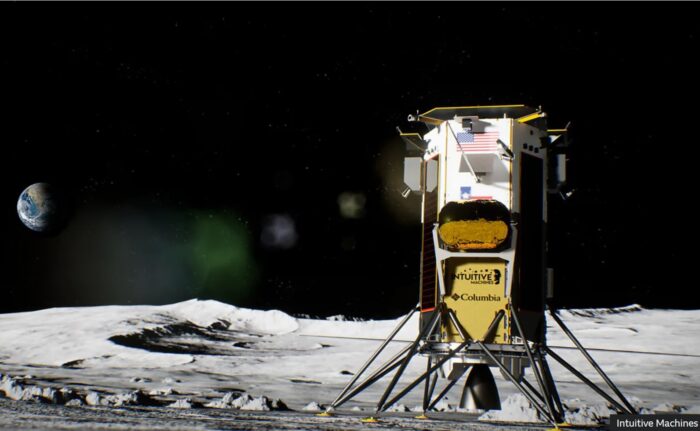 December 11, 1972, Apollo 17 soft landed on the lunar surface, carrying astronauts Gene Cernan and Harrison Schmitt. This was the last time anything American soft landed on the moon, over 50 years ago. It seems amazing that it’s been that long. On February 22, 2024, the Odysseus soft landed on the Moon near the south pole. This was the first time a private company has achieved this goal, and the first time an American craft has landed on the Moon since Apollo 17.
December 11, 1972, Apollo 17 soft landed on the lunar surface, carrying astronauts Gene Cernan and Harrison Schmitt. This was the last time anything American soft landed on the moon, over 50 years ago. It seems amazing that it’s been that long. On February 22, 2024, the Odysseus soft landed on the Moon near the south pole. This was the first time a private company has achieved this goal, and the first time an American craft has landed on the Moon since Apollo 17.
Only five countries have ever achieved a soft landing on the moon, America, China, Russia, Japan, and India. Only America did so with a crewed mission, the rest were robotic. Even though this feat was first accomplished in 1966 by the Soviet Union, it is still an extremely difficult thing to pull off. Getting to the Moon requires powerful rocket. Inserting into lunar orbit requires a great deal of control, on a craft that is too far away for real time remote control. This means you either need pilots on the craft, or the craft is able to carry out a pre-programmed sequence to accomplish this goal. Then landing on the lunar surface is tricky. There is no atmosphere to slow the craft down, but also no atmosphere to get in the way. As the ship descends it burns fuel, which constantly changes the weight of the vehicle. It has to remain upright with respect to the lunar surface and reduce its speed by just the right amount to touch down softly – either with a human pilot or all by itself.
The Odysseus mission is funded by NASA as part of their program to develop private industry to send instruments and supplies to the Moon. It is the goal of their Artemis mission to establish a permanent base on the moon, which will need to be supported by regular supply runs. In January another company with a NASA grant under the same program, Astrobotic Technology, sent their own craft to the Moon, the Peregrine. However, a fuel leak prevented the craft from orienting its solar panels toward the sun, and the mission had to be abandoned. This left the door open for the Odysseus mission to grab the achievement of being the first private company to do so.

 Recently OpenAI launched a website showcasing their latest
Recently OpenAI launched a website showcasing their latest 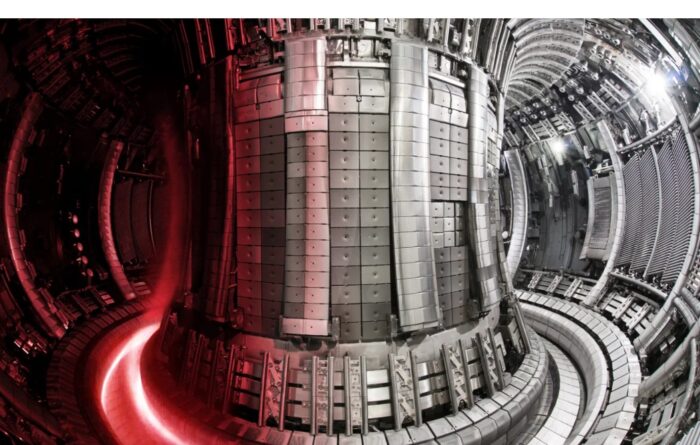 Don’t get excited. It’s always nice to see incremental progress being made with the various fusion experiments happening around the world, but we are still a long way off from commercial fusion power, and this experiment doesn’t really bring us any close,
Don’t get excited. It’s always nice to see incremental progress being made with the various fusion experiments happening around the world, but we are still a long way off from commercial fusion power, and this experiment doesn’t really bring us any close,  It’s difficult to pick winners and losers in the future tech game. In reality you just have to see what happens when you try out a new technology in the real world with actual people. Many technologies that look good on paper run into logistical problems, difficulty scaling, fall victim to economics, or discover that people just don’t like using the tech. Meanwhile, surprises hits become indispensable or can transform the way we live our lives.
It’s difficult to pick winners and losers in the future tech game. In reality you just have to see what happens when you try out a new technology in the real world with actual people. Many technologies that look good on paper run into logistical problems, difficulty scaling, fall victim to economics, or discover that people just don’t like using the tech. Meanwhile, surprises hits become indispensable or can transform the way we live our lives.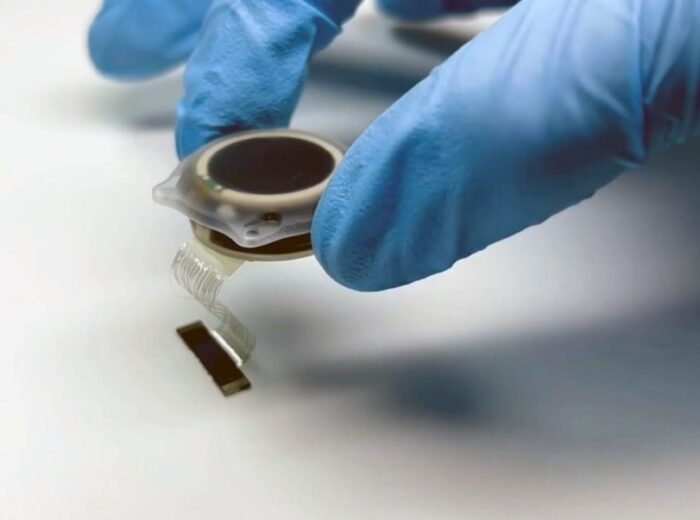 Elon Musk
Elon Musk  There is an ongoing battle in our society to control the narrative, to influence the flow of information, and thereby move the needle on what people think and how they behave. This is nothing new, but the mechanisms for controlling the narrative are evolving as our communication technology evolves. The latest addition to this technology is the large language model AIs.
There is an ongoing battle in our society to control the narrative, to influence the flow of information, and thereby move the needle on what people think and how they behave. This is nothing new, but the mechanisms for controlling the narrative are evolving as our communication technology evolves. The latest addition to this technology is the large language model AIs.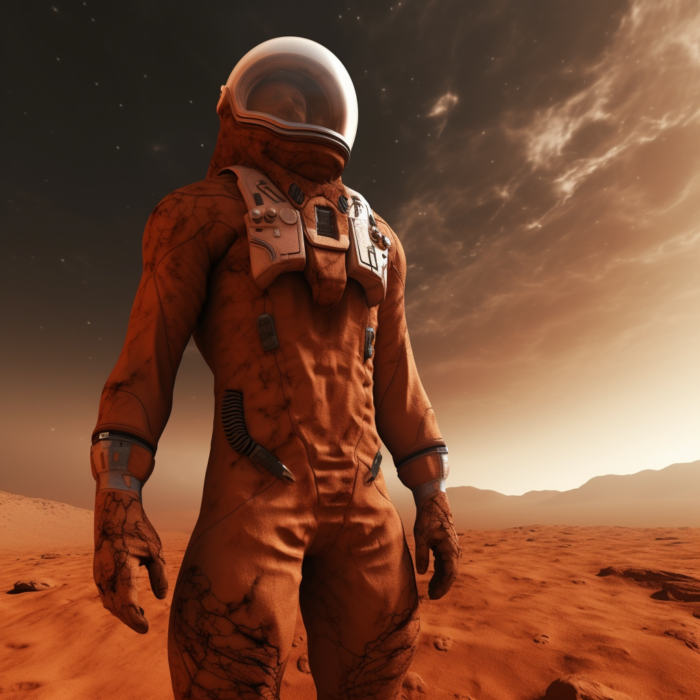 My
My 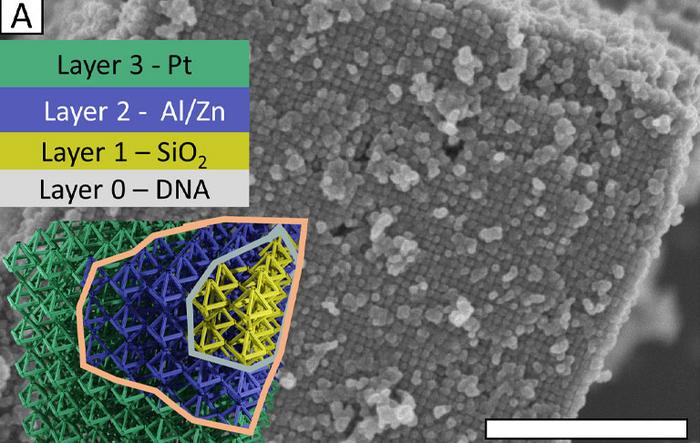 Arguably the type of advance that has the greatest impact on technology is material science. Technology can advance by doing more with the materials we have, but new materials can change the game entirely. It is no coincidence that we mark different technological ages by the dominant material used, such as the bronze age and iron age. But how do we invent new materials?
Arguably the type of advance that has the greatest impact on technology is material science. Technology can advance by doing more with the materials we have, but new materials can change the game entirely. It is no coincidence that we mark different technological ages by the dominant material used, such as the bronze age and iron age. But how do we invent new materials?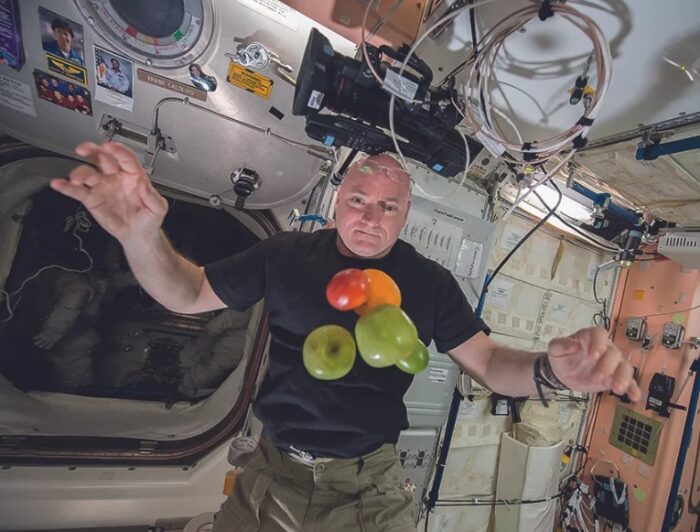 As I have written many times, including in yesterday’s post, people occupying space is hard. The environment of space, or really anywhere not on Earth, is harsh and unforgiving. One of the issues, for example, rarely addressed in science fiction or even discussions of space travel, is radiation. We don’t really have a solution to deal with radiation exposure outside the protective atmosphere and magnetic field of Earth.
As I have written many times, including in yesterday’s post, people occupying space is hard. The environment of space, or really anywhere not on Earth, is harsh and unforgiving. One of the issues, for example, rarely addressed in science fiction or even discussions of space travel, is radiation. We don’t really have a solution to deal with radiation exposure outside the protective atmosphere and magnetic field of Earth.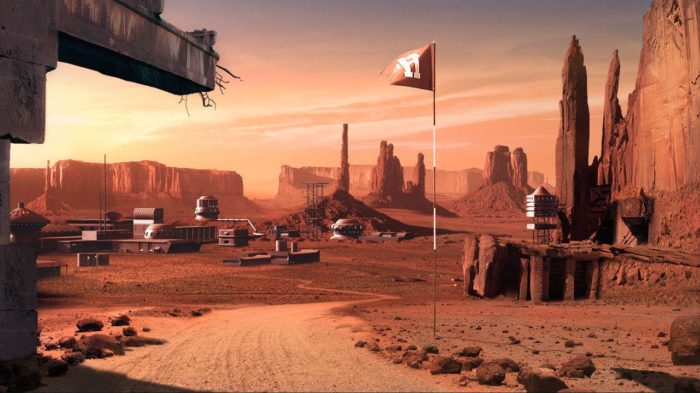 In the excellent sci fi show, The Expanse, which takes place a couple hundred years in the future, Mars has been settled and is an independent self-sustaining society. In fact, Mars is presented as the most scientifically and technologically advanced society of humans in the solar system. This is presented as being due to the fact that Martians have had to struggle to survive and build their world, and that lead to a culture of innovation and dynamism.
In the excellent sci fi show, The Expanse, which takes place a couple hundred years in the future, Mars has been settled and is an independent self-sustaining society. In fact, Mars is presented as the most scientifically and technologically advanced society of humans in the solar system. This is presented as being due to the fact that Martians have had to struggle to survive and build their world, and that lead to a culture of innovation and dynamism.




